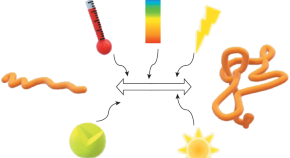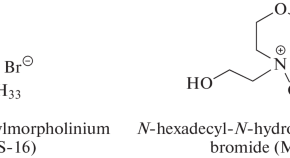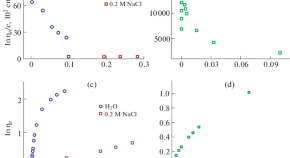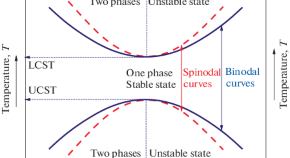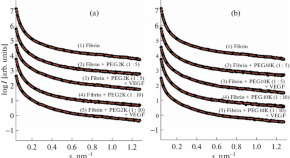Self-Assembly Behavior and Cytotoxicity of PEG-b-PLA Nanoparticles for Improved Oxaliplatin Delivery: Effect of PLA Block Length
Authors (first, second and last of 5)
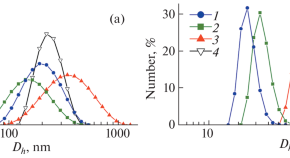
Collection
Prof. Sergey Filippov is a Leverhulme professor at School of Pharmacy, Reading University, UK. Prof. Filippov’s main research interests are dynamic light scattering, small-angle X-ray and neutron scattering, and isothermal titration calorimetry in application to self-assembling systems in soft matter including polymers, lipids, surfactants. He is also interested in the application of physical methods to study drug delivery systems.

